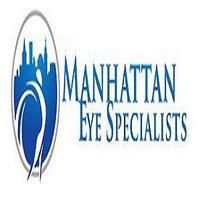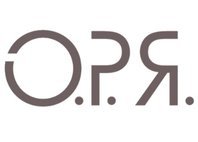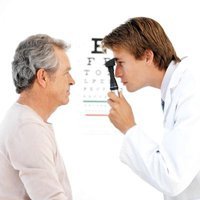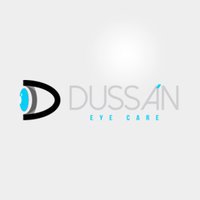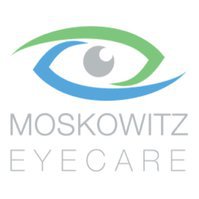If you are having any abnormal visual symptoms, you should always be evaluated with a thorough consultation and examination by a physician for an accurate diagnosis and treatment plan as it may be a symptom or sign of a serious illness or condition.
Focus and alignment testing: The doctor tests the ability of your eyes to focus, move and work in unison. This testing identifies issues that may prevent your eyes from focusing correctly or working together properly.
Refraction: Your ophthalmologist conducts a refraction test using an instrument called a phoropter to determine the appropriate lens power, or prescription, to compensate for nearsightedness, farsightedness or astigmatism. The phoropter holds a series of lenses in front of your eyes to measure how they focus on a retinoscope, a handheld, illuminated instrument.
Eye health examination: Your eye doctor uses various testing procedures to examine the structures inside and outside of your eyes, looking for any irregularities that can be a sign of a developing disease or strabismus. This exam also tests how your eyes respond under typical conditions. When testing young children or patients who can’t respond verbally, the doctor may use eye drops that temporarily prevent the eyes from changing focus during the examination.
